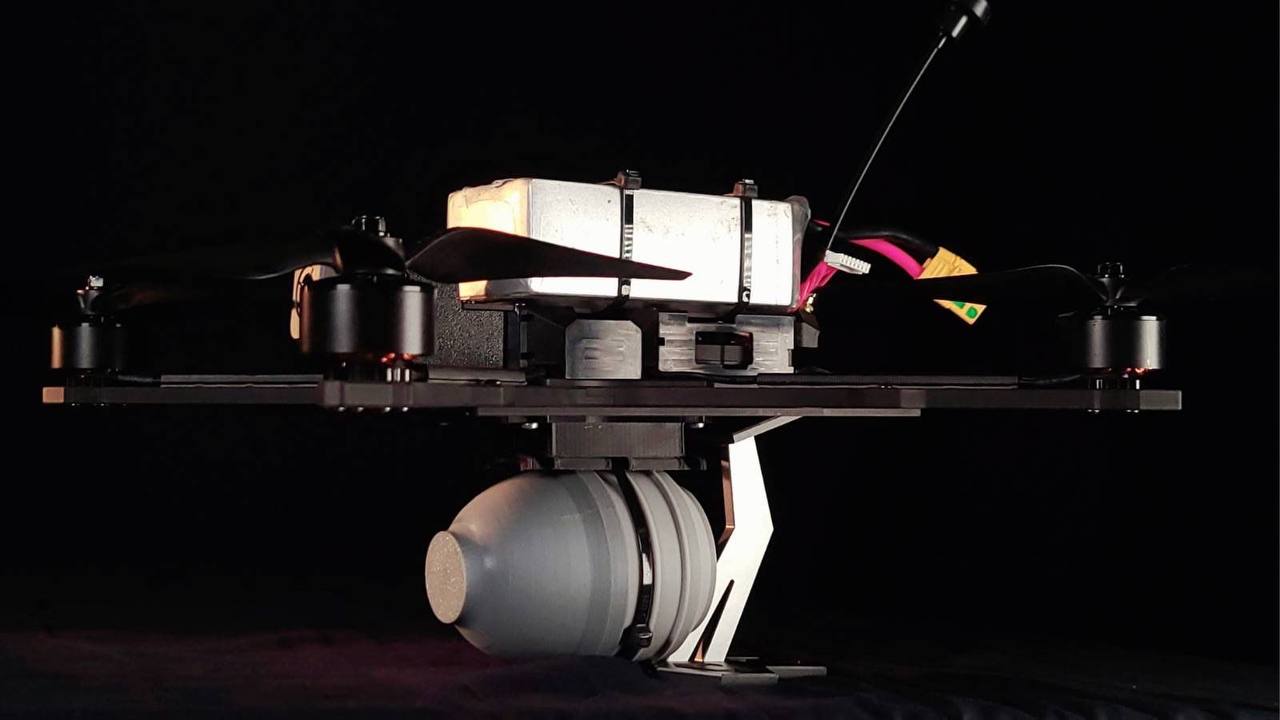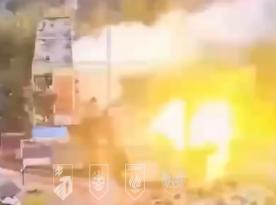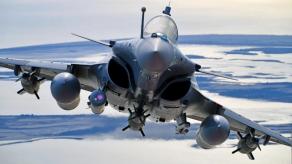Aerial war between anti-aircraft FPV drones and reconnaissance drones keeps evolving, with both russian and Ukrainian sides racing to find countermeasures to each other's technology, adding a new wind to the spiral. The anti-aircraft FPVs have proven exceptionally effective on the battlefield, leaving russian troops without intelligence to support artillery strikes.
However, the russians keep trying to find an answer. Earlier we discussed several concepts they were looking into, like equipping their UAVs with warning devices against incoming drones or even net launchers. Now, a new interesting solution is being developed: an automated evasion system.
Read more: What Countermeasures russians Offer to Ukrainian Anti-Aircraft FPV Drones
Interceptor drone solutions: Machine vision camera tested on a reconnaissance drone’s tail detecting an incoming Ukrainian FPV interceptor. Russian drone then performs an evasive maneuver to avoid the attack. pic.twitter.com/8tt5AMvHBi— Clash Report (@clashreport) October 26, 2024
The idea is to install a rear-view camera with a very wide viewing angle onto the reconnaissance UAV and connect it to a machine vision computer. For a reminder, "machine vision" refers to a wide range of imagery recognition technologies, in Ukraine it is associated with artificial intelligence and machine learning systems implemented into combat drones.

During a mission, once the camera spots a threat, the algorithm commands the drone to perform an evasive maneuver. As a result, as soon as the anti-aircraft FPV approaches, the reconnaissance UAV takes a quick dive to the side. This should thwart the attempt to attack and, possibly, make the enemy drone operator lose visual contact with the target. In that case, launching another attack attempt takes time — a very constrained resource when operating a small high-speed aerial vehicle with quite low battery endurance.
Currently, only experiments in that direction are known of, from videos shown by the russian developers themselves. The footage was highlighted and analyzed by Ukrainian electronic warfare and communication expert Serhii "Flash" Beskrestnov. In his search for russian countermeasures to FPV interceptors, Beskrestnov also earlier found another method they were testing and already employed on some of their UAVs: automated EW systems that interfere with the video signal.
Of particular note is how quickly russia integrates all these inventions: the first attempts to find a counter to Ukraine's anti-aircraft FPVs started just this September. At that time they were already thinking of both these methods — installing a rear-view camera or a small-sized jammer — though they came up with adding machine vision only just now.

While it might seem like adding these gadgets to ordinary reconnaissance drones is not cost-efficient, especially considering that FPVs are not tier only threat, in fact many of the russian unmanned aircraft are quite pricey. For example, the cost of Orlan-10, the most widely used aerial camera drone, starts at $100,000.
Read more: Enemy Installs EW Systems on Reconnaissance UAVs Against Anti-Aircraft Drones: How It Works














